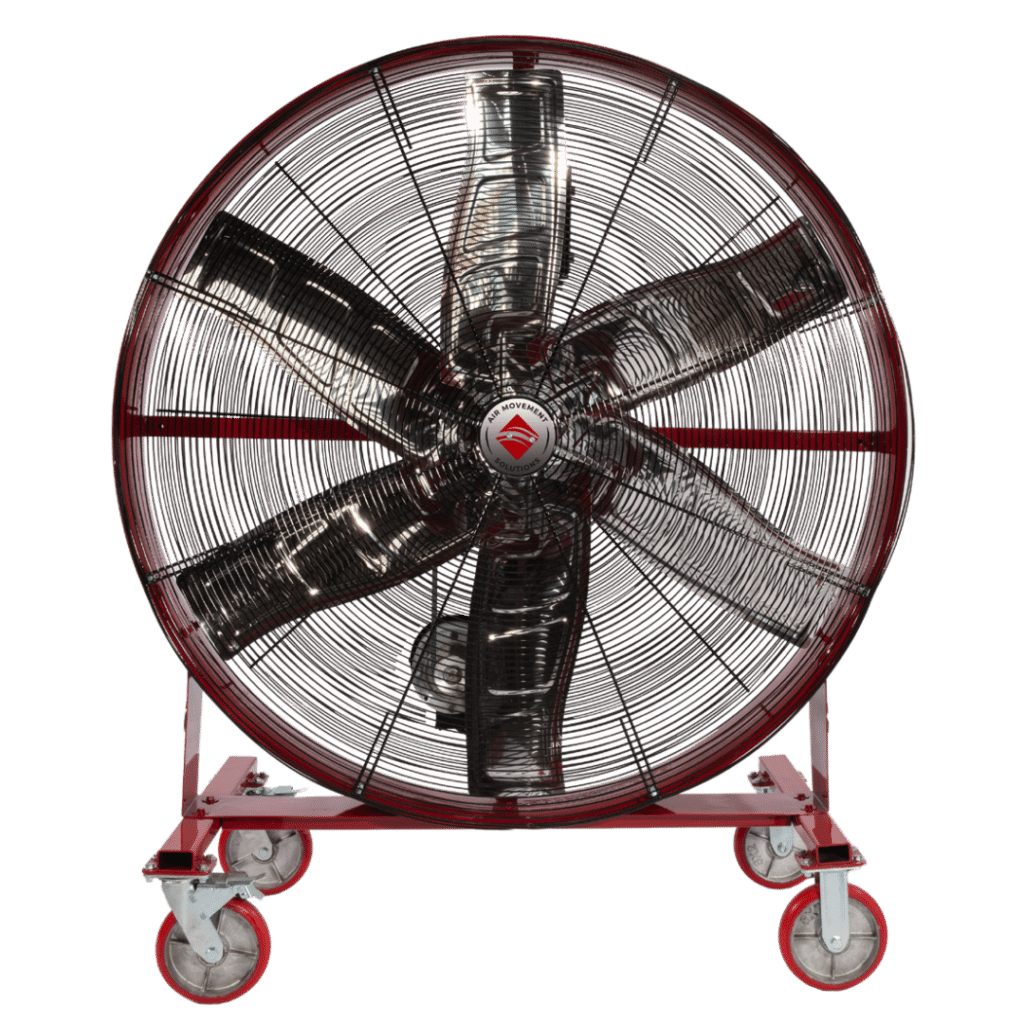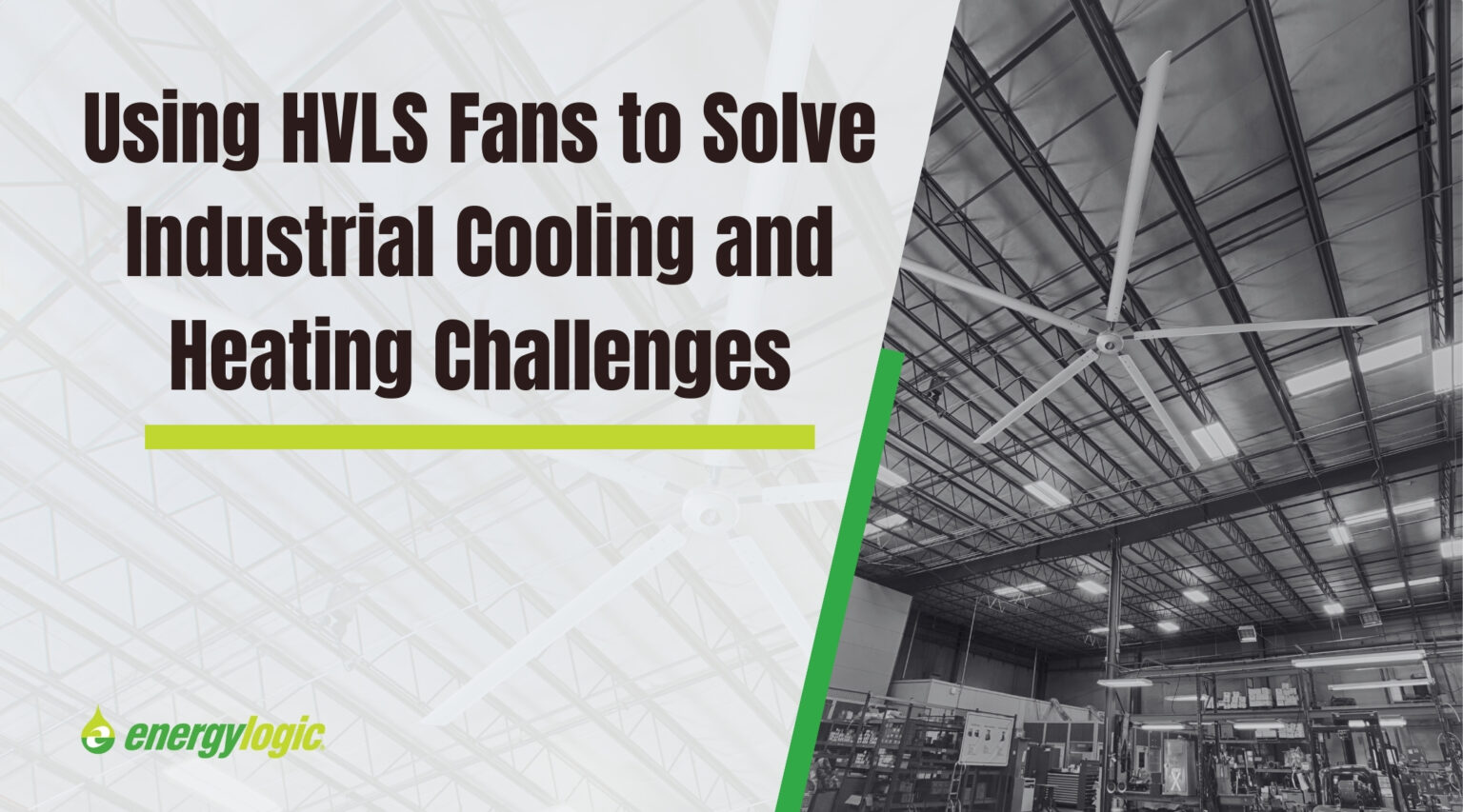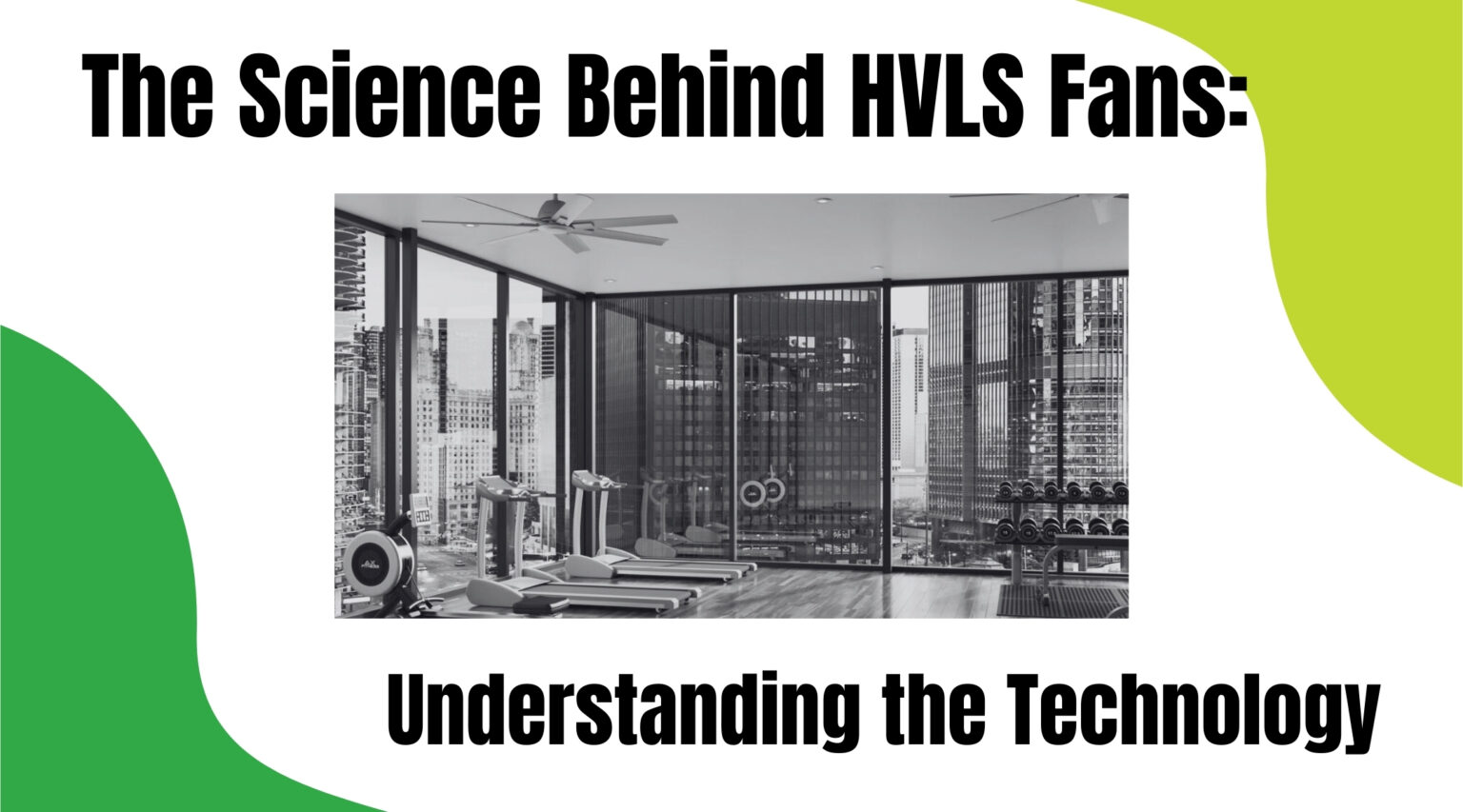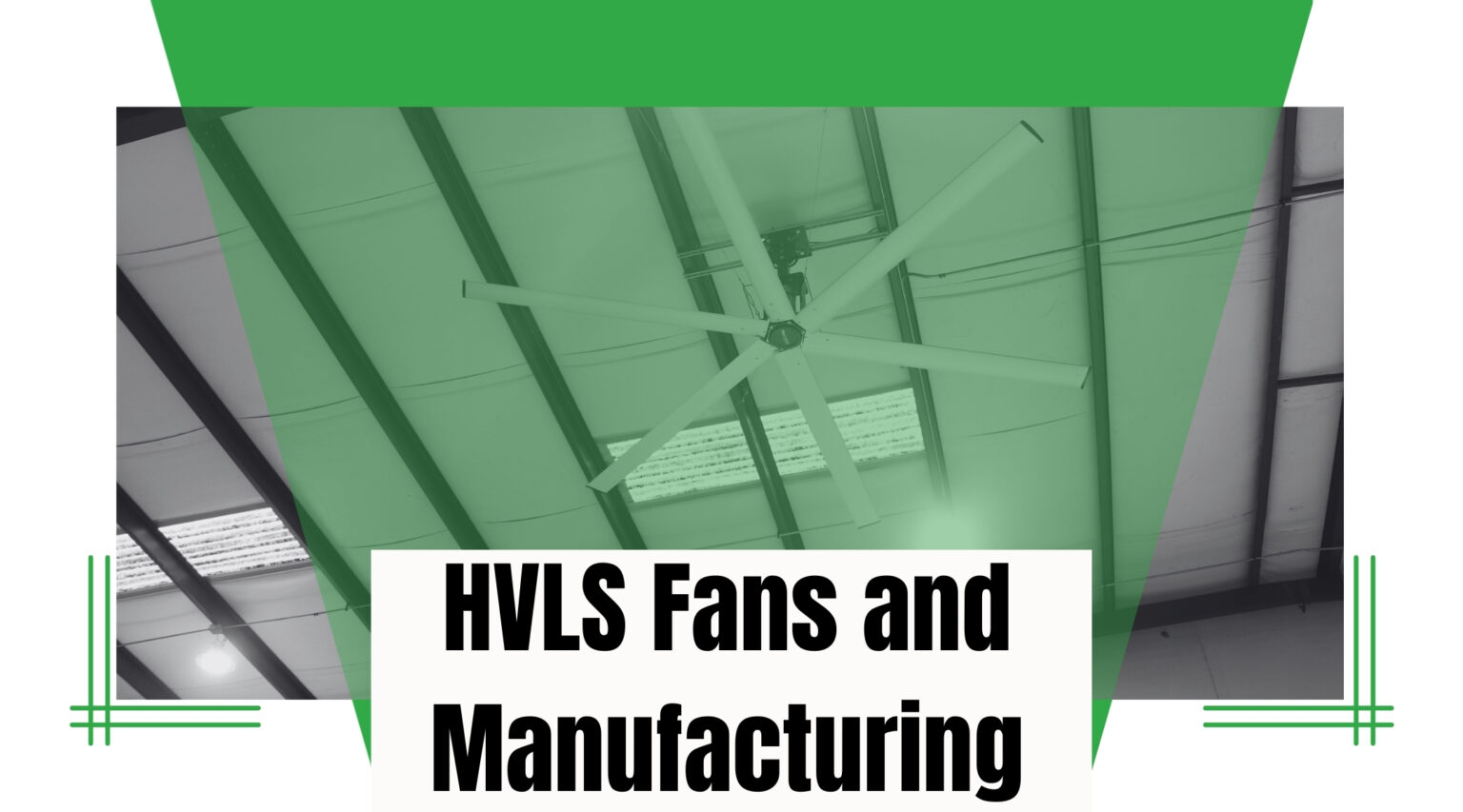Workplace safety is crucial in every industry. As a company leader, it’s your responsibility to provide a safe and hazard-free working environment for your employees. Industrial and warehouse-based companies face innumerable challenges and hazards, so business leaders need to be cautious about the safety of their facilities. Concurrently, businesses are always looking for ways to reduce their overhead and operate more efficiently with fewer expenses.
It’s vital to prioritize the safety and comfort of your employees. If your facilities have concrete flooring, you may develop a serious safety issue known as Sweaty Slab Syndrome.

Concrete Floors – A Safety Issue
Sweaty Slab Syndrome is the bane of warehouse operations in environments where people are working. As humidity builds, the temperature differential between the air and the warehouse’s concrete floor builds a layer of condensation where workers are walking. This can happen even in climate-controlled facilities if the airflow isn’t optimal, and it’s a health and safety hazard for the employees.
Slip and fall injuries are the primary cause of missed days from work and workers’ compensation claims. A concrete floor covered in condensation can result in sprains, bone fractures, spinal injuries, and traumatic brain injuries, like concussions. Not only are these sometimes serious injuries, but they can also have long-term effects that interfere with an employee’s well-being and ability to work. Even if injuries don’t happen, a concrete floor covered in condensation makes it harder for equipment to function. It also frustrates employees.
Eliminating Sweaty Slab Syndrome protects your workforce from serious injuries and saves your company financial strain from increased workers’ compensation insurance premiums. One of the best ways to prevent Sweaty Slab Syndrome is to optimize the airflow throughout your facilities with concrete flooring.

Preventing and Eliminating Sweaty Slab Syndrome
The first step in solving a problem is identifying it. When it comes to Sweaty Slab Syndrome, you may start noticing moisture deposits on the floor or sheens of moisture across an entire concrete surface. This should be your first warning sign that your facility has poor airflow. When you partner with EnergyLogic, we will help you identify what’s causing your airflow issues. We will then assess whether or not HVLS fans are a good fit for your building.
HVLS fans are a wonderful way to mitigate Sweaty Slab Syndrome, as results appear quickly. When you create more airflow, it becomes more difficult for condensation to form on surfaces. HVLS fans equalize the temperatures of all the materials in the area. With minimal temperature differences, little to no condensation can form. HVLS fans are unquestionably the best way to eliminate Sweaty Slab Syndrome.

How Do HVLS Fans Work?
An HVLS fan may, at first glance, remind you of a typical ceiling fan that you find in your home. The difference is size. HVLS fans are much larger, usually with a fan blade diameter of about 20 feet. These fans spin much more slowly than conventional fans (usually around 50 rpm). This means that HVLS fans consume far less energy to function than other fans.
However, less energy input doesn’t mean weaker output. HVLS fans move a tremendous amount of air, resulting in fantastic air circulation with little energy consumption. You may also want to consider coupling your HVLS fans with a waste oil heating system. Almost every industry produces some waste oil as a byproduct. Disposing of these waste oils becomes an unnecessary expense if you can turn them into tangible savings on your energy bills.
When you use HVLS fans with a waste oil heater, your airflow and heating needs can be met with little expense. You turn your waste oils into a fuel source, and the HVLS fan improves airflow, creating more consistent temperatures throughout your facility. Better airflow makes it more difficult for condensation to accumulate on your concrete flooring.

Choose HVLS
HVLS fans are the ideal choice for any building or workspace with concrete floors. When the air temperature fluctuates, condensation forms, work slows down, and employees are at a heightened risk for injuries. HVLS fan systems will improve airflow and eliminate condensation issues like Sweaty Slab Syndrome. Reach out to EnergyLogic for an assessment. We can find the right HVLS system for your facility and address any other energy-related concerns.
HVLS fans and waste oil heating systems are valuable assets to almost any business in various industries. Reduce operational and energy costs, improve production, safeguard the well-being of your employees, and make more environmentally-conscious choices for your business—all with HVLS fans from EnergyLogic.




